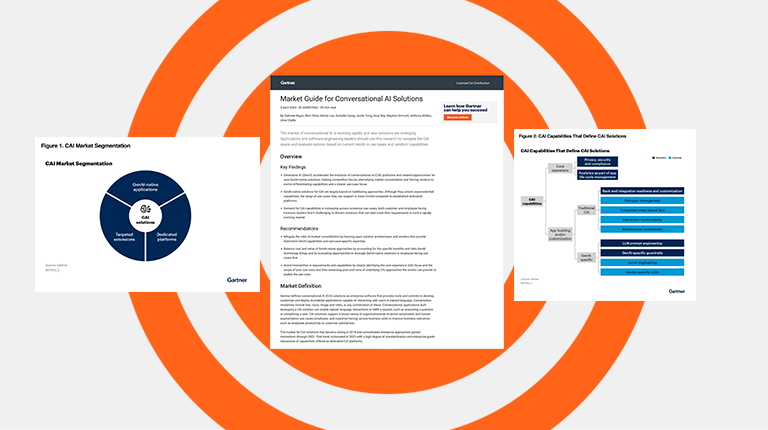‘‘ . . . Strategy is about reducing uncertainty. It is the role of top management to reduce the uncertainty during the transition phase in such a way that people dare to make the choices and commit the resources.’’
Those of you sitting at your desk in your home office and collaborating to create the strategy that will drive your organization through these uncertain times are probably getting emails and LinkedIn messages by the minute featuring buzzwords like AI, Machine Learning, RPA, and Automation. Don’t get me wrong, those buzzwords and those technologies are extremely powerful. The problem is that many of these “buzzword” implementations fail, because companies fail to see how AI, ML, or RPA fits in their overall strategy. It is important to understand that technology is simply a vehicle to realize your corporate strategy.
However, many C-level executives and companies fail to see the bigger picture and get entangled in the proof of concept stage. They focus on trying to build models to prove the impact of these technologies rather than solving a strategic business problem. This distraction can take them away from the task at hand, which is reducing uncertainty and doing more with limited resources with a well thought out strategy.
After working with executives across many industries for the past few decades, and based on my experience in the FinServ and accounts receivable industry, I have put together a 3 pronged approach to examine a ‘strategic innovation’ opportunity. As businesses are trying their best to maintain business continuity with limited resources, many are looking at AI to solve all their problems. But will it? I am confident that this model will help you assess an AI opportunity as an integral part of your strategy, not as your strategy.
- The Team: Kicking off a strategic and successful AI project is contingent on having the right resources, including having the right team in pace. These types of initiatives often are led by executive leaders, but fostering an environment of collaboration and commitment across the organization is essential to the longevity of the project. Diversity across the team is key, and bringing together both experienced contributors as well as those with a fresh set of eyes results in creative solutions that will drive results across your organizations. Encouraging this type of collaboration effects both top and bottom lines while invigorating employees– it’s a win win.
- The Strategy: Companies that start with a technology like AI and force fit it into their strategy often end up with disjointed, inefficient, and costly outcomes due to the lack of focus in their execution. AI in itself is not a strategy, but a vehicle to get to a strategic initiative – which could be increasing revenue, reducing cost, increasing customer satisfaction ratings, acquiring new customers or retaining existing ones. Looking at AI through the lens of ‘strategic innovation’ will define AI success. Strategic Innovation embodies a new mindset and different focus for companies, allowing organizations to redefine their business. AI is often the catalyst to achieving strategic innovation with close alignment with overall business goals and objectives.
- The Evaluation: Understanding what success will look like after the completion of your AI deployment is essential, and coming to an agreement on the definition across your team is no small feat. One thing is certain, though, both the monetary and non-monetary metrics matter. The strategic innovation of your organization will drive competitiveness, differentiation, increased customer satisfaction, and ROI. Executives and leaders care about the opportunities that strategic innovation gleans for their organizations. In fact, according to our own research with Harris Poll, 71% report that their company measures the ROI of an AI project using soft benefits. These soft benefits can be just as essential as monetary ones, considering that 68% rank improved CX as ‘very important’ when evaluating AI for contact centers. It’s important to ask how does this strategic innovation set us up for success for years to come?
According to Accenture’s Build-to-scale Report, companies strategically scaling AI have nearly 2x the success rate and 3x the return from AI investments, versus companies pursuing siloed proof of concepts. Done correctly, AI can lead to remarkable results. Done poorly or not strategically, it can lead to wasted time, money and efforts.. I hope that this ‘Strategic Innovation’ model helps you make the right decision. For more, check out this interview with Lisa Michaud, Director of Product Management at Interactions where she shares how technology and communication blend together, finding practical ways of how AI can support your company’s goals.



